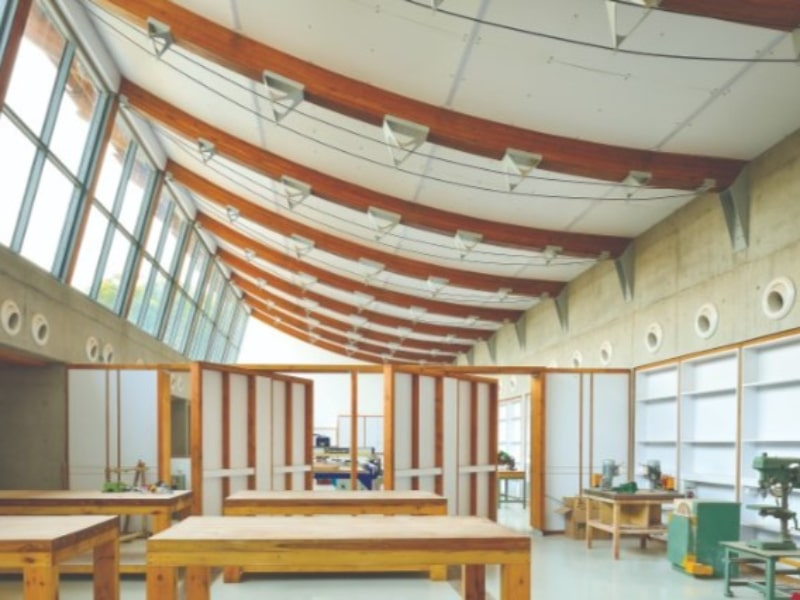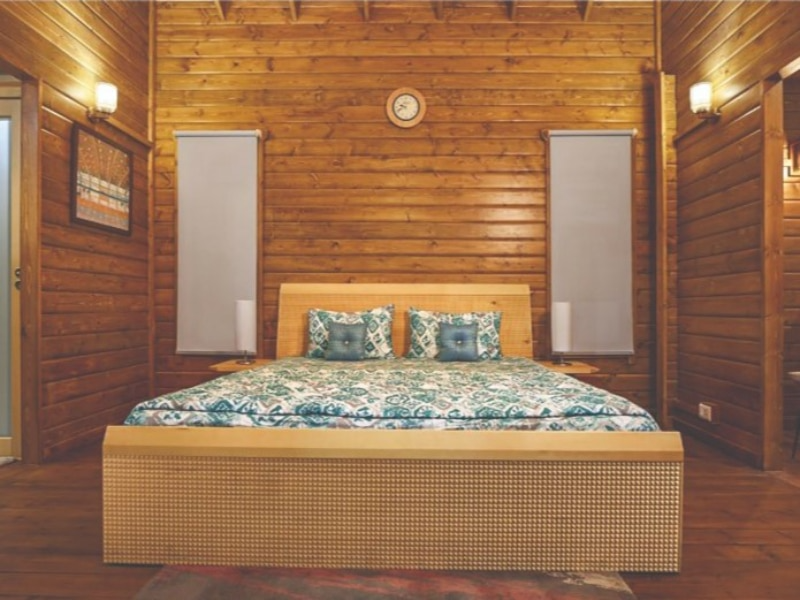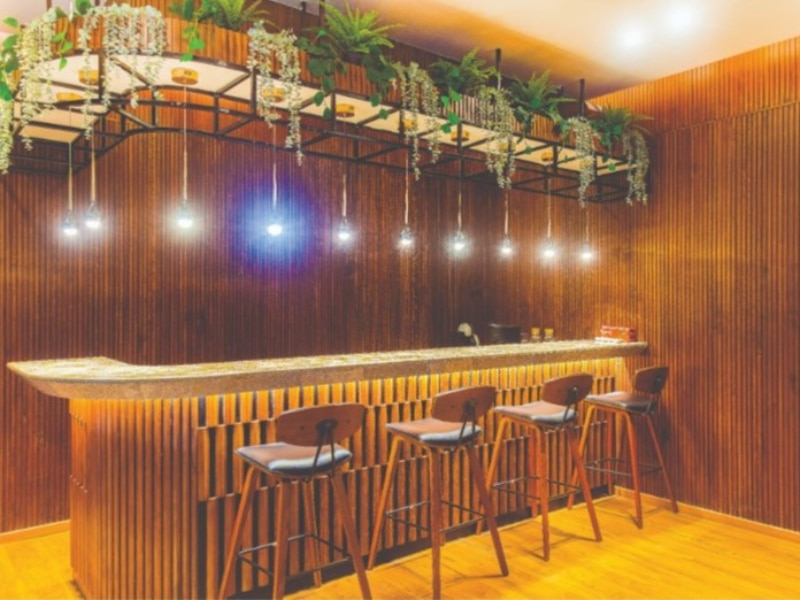From towering skyscrapers to cosy cottages and hospitals that radiate serene vibes, Canadian Wood is inspiring innovative design solutions

In the age of sustainability, responsibly sourced and certified wood is gaining prominence in contemporary building and interior design. Canadian Wood, in particular, has single-handedly emerged as a leading choice for construction projects. Sourced responsibly from the vast certified forests of British Columbia, Canada, these timbers, which include five distinct wood species—Douglas-fir, western hemlock, western red cedar, yellow cedar, and spruce-pine-fir (SPF)—are renowned for their versatility across a spectrum of applications. From building structures to crafting furniture and doors and door frames, they consistently excel in both quality and performance.
From towering skyscrapers to cosy cottages and hospitals that radiate serene vibes, Canadian Wood is making a statement that goes beyond structural prowess. It is inspiring innovative design solutions. This is evident in its Indian and international projects, which can easily be classified in the following order:

Redefining spaces: Be it residential or commercial spaces, Canadian Wood continues to redefine modern aesthetics. The interiors of a private villa often feature Douglas-fir beams, while resorts and spas are inclined to use Douglas-fir large doors and western hemlock ceilings and panelling to enhance their serene and contemplative atmosphere. Designers appreciate the ability of responsibly sourced and certified wood to create clean, minimalist lines while adding a natural, inviting feel to interiors. It’s the kind that even health centres and hospitals veer to, even if it means using just the glulam columns, to create a calm, stress-reducing atmosphere for their denizens, particularly the patients.
Architectural impact: Canadian Wood species, such as Douglas-fir and western red cedar, have prominently featured in contemporary architecture, particularly in high-rises. Cross-laminated timber (CLT) and glulam made of Douglas-fir have been used as a viable alternative to steel and concrete in high-rise construction. Wooden houses modelled in North American style are quite popular back home.

Sustainable solutions: Sustainability is at the heart of innovations for responsibly sourced wood suppliers like B.C. Canada. Its forests in British Columbia are managed under stringent environmental standards, ensuring that the wood used in construction and design is a renewable resource. The use of wood in buildings also contributes to carbon sequestration, helping to mitigate climate change. Apart from reducing the carbon footprint, wood provides excellent thermal insulation and aesthetic warmth, as seen in the aforementioned examples. Additionally, companies are leading the way by producing advanced wood products that meet high sustainability criteria.
Creative applications: The creative use of Canadian Wood species extends beyond structural and aesthetic functions. Sport-centric constructions have featured intricate wooden lattices made from western hemlock, demonstrating the material’s flexibility in creating visually stunning and complex designs. In fact, Canadian Wood species such as yellow cedar and western red cedar have been used to create playground equipment in Indian schools. The latest creative trend to catch is the usage of reclaimed barn wood and old-growth Canadian wood species in the interiors of offices and restaurants.

As technology advances, we can expect to see even more creative and sustainable applications of Canadian Wood species in the future, offering a promising path towards a more sustainable and aesthetically enriching world.